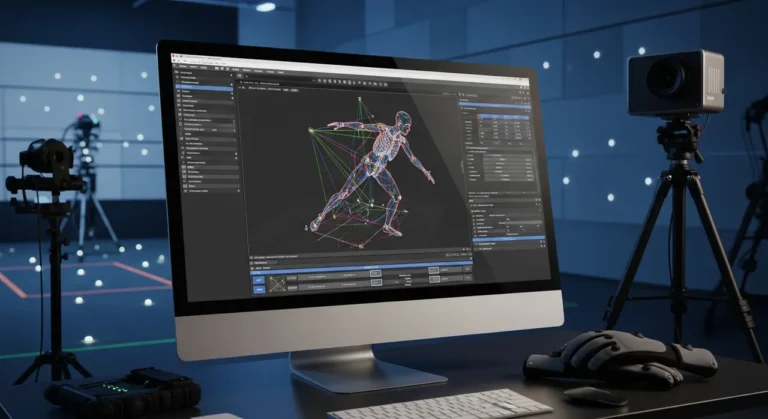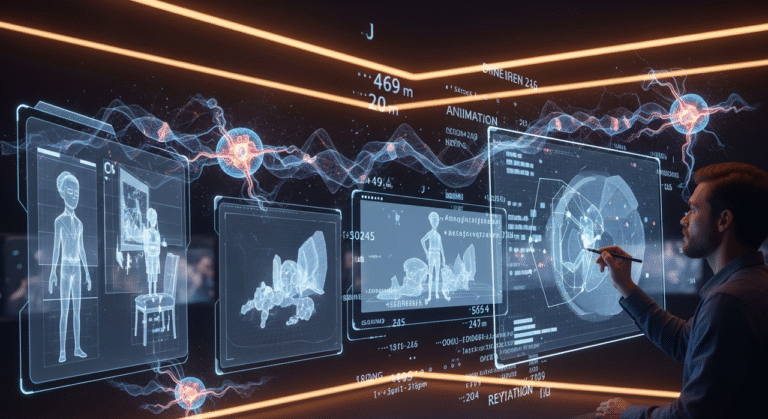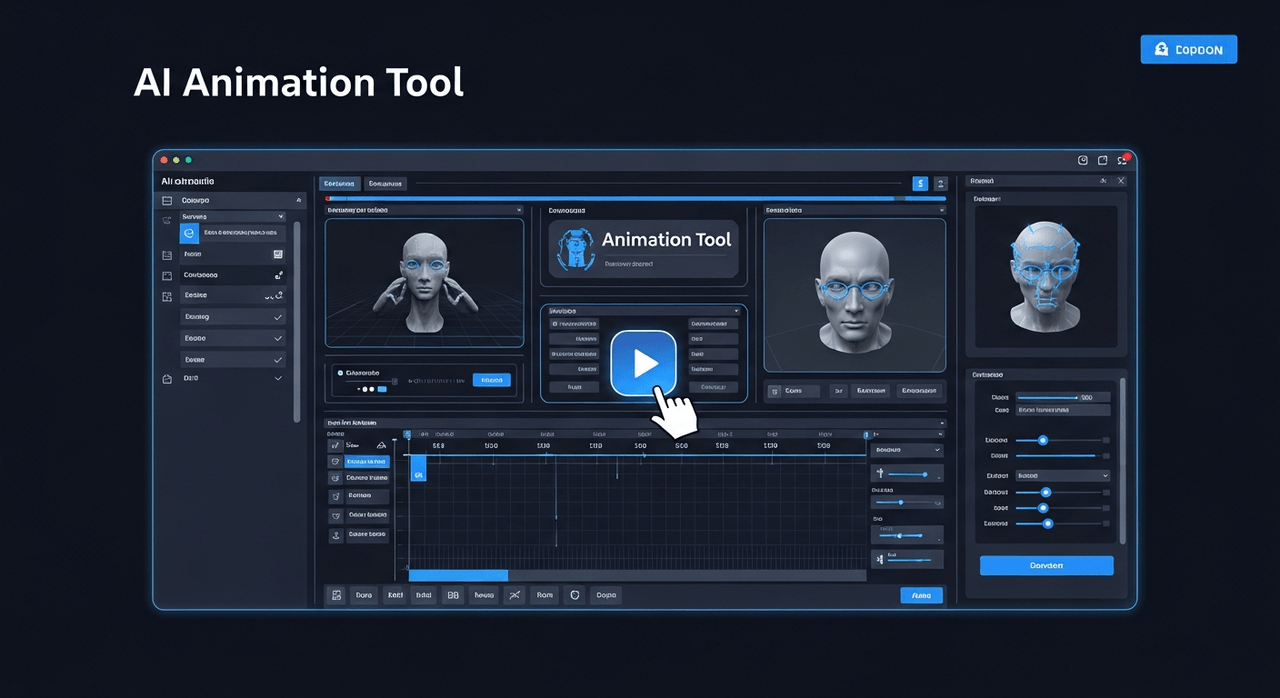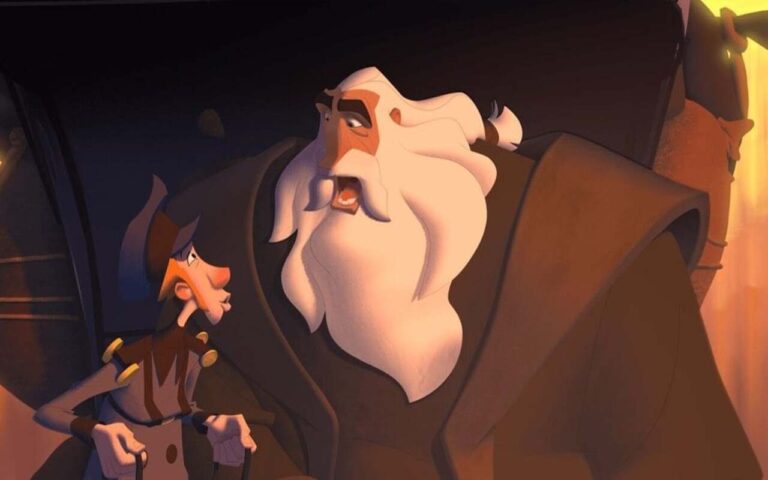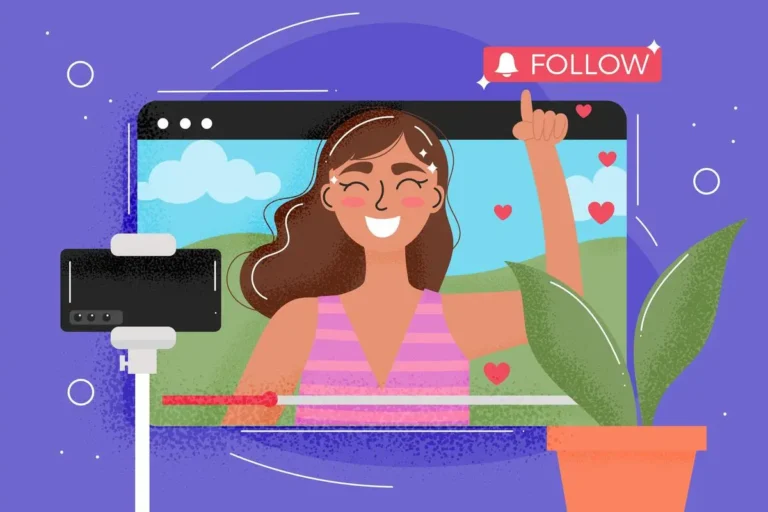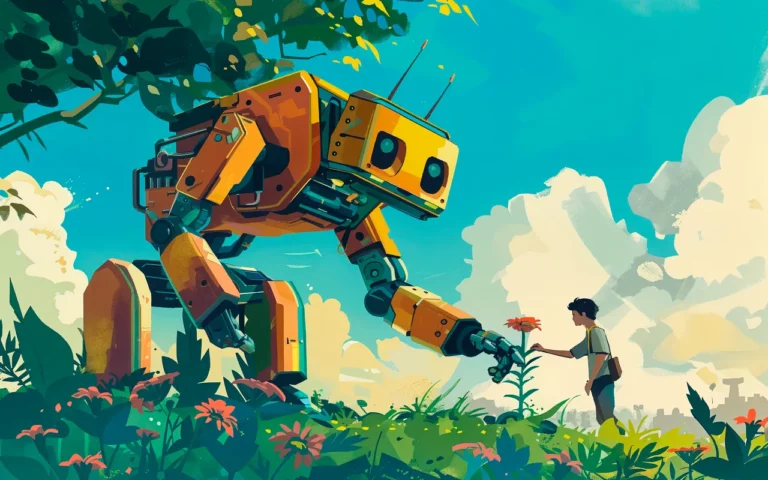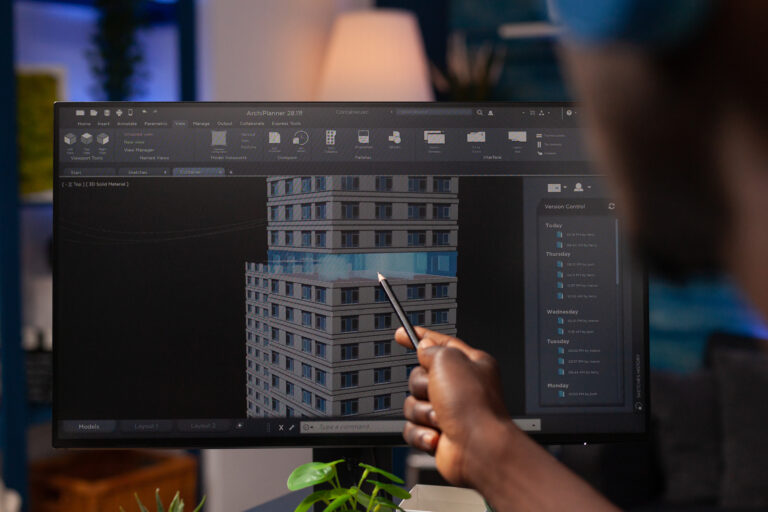Bringing a 3D animation to life is an exhilarating endeavor, but it is also a demanding one in terms of duration. Whether the final product is a brief 30-second commercial or an extensive full-length feature film, every initiative requires countless interdependent steps, each executed by dedicated artists in a technical 3D animation studio.
Knowing the typical production time for 3D animation allows clients to establish viable budgets and schedules and enables studios to uphold a high standard of output. In this guide, we will examine how production timelines fluctuate and what truly determines the length of the process.

Need 3D Animation Services?
Visit our 3D Animation Service page to see how we can help bring your ideas to life!
How Long Does It Take to Create a 3D Animation Project?
The schedules for a 3D animation pipeline can range from a few weeks to several years, depending on the project’s scale, required quality standards, and available resources.
Let’s compare the timelines for various project types.
Short Commercials (15–60 seconds)
High-quality 3D advertisements and commercial animations generally require 4 to 10 weeks to finalize. Despite their brevity, commercials necessitate rapid development, concise storytelling, and a polished, cinematic look.
This schedule includes preliminary concept art, 3D modeling, core animation, rendering, and final compositing. Commercial animation studios often utilize efficient animation pipelines and pre-made assets to meet strict delivery deadlines.
Animated Television Series Episodes
A 20-minute animated episode may demand 2 to 6 months, depending on the visual style and existing animation pipeline. Episodic animation benefits from the repeated use of character rigs, digital sets (environments), and other assets.
However, ensuring visual consistency across a series mandates meticulous scheduling and collaboration among diverse departments. The more stylized or realistic the show, the longer the render and post-production stages will take.
Game Cinematics and Cutscenes
Cinematics in AAA games can take 3 to 8 months, as they require film-grade visuals optimized to run smoothly within the game engine.
Game art studios often integrate motion capture, advanced lighting, and particle effects to achieve a high degree of realism. Efficiency relies on close cooperation among the animation, VFX, and game engine teams, often leveraging tools such as Unreal Engine or Unity.
Full-Length 3D Animated Films
Feature-length animations are the most time-intensive projects, typically requiring 2 to 4 years for full production. Films such as Frozen or Toy Story involve thousands of unique assets, hundreds of artists, and continuous creative refinement.
From initial storyboarding to final rendering, every phase undergoes multiple approvals and modifications. Big studios invest years not just in animation, but in perfecting visual storytelling and emotional depth.
Read More: How Much Does a 3D Animation Cost?
How Long Does Each Stage of 3D Animation Production Take?
Every 3D animation project moves through six primary stages:
- Concept and Storyboarding (2–4 weeks): Writers and designers define key story beats and the overall visual tone.
- Modeling and Texturing (4–8 weeks): Artists create (sculpt) the digital characters, props, and environments.
- Rigging and Layout (2–6 weeks): Riggers build the digital skeletons for movement, while layout artists establish camera compositions.
- Animation (4–12 weeks): The central performance stage: giving life to characters through movement and acting.
- Lighting, Rendering, and VFX (6–10 weeks): Adds realism, atmosphere, and visual consistency to the scene.
- Compositing and Editing (2–4 weeks): All visual passes are combined, color-graded, and finalized for delivery.
Each stage frequently overlaps with others, creating a dynamic animation pipeline that balances technical efficiency with artistic output.
Real-World Examples of 3D Animation Timelines
Let’s review 3 well-known examples of 3D animated projects, like Toy Story, Frozen, and Despicable Me, and their reported production timelines:
Toy Story (1995)
Runtime: 81 minutes
As the inaugural fully 3D-animated feature, Toy Story took approximately 4 years to complete, which included the development of proprietary software tools.
Pixar Animation Studios utilized custom tools and spent several hours rendering each individual frame; a major achievement for the era. The film’s success established new benchmarks for digital animation workflows and marked a new era of success for Pixar.
Frozen (2013)
Runtime: 102 minutes
Walt Disney Animation Studios’ Frozen required more than 2 years of principal production, plus the initial pre-production planning.
The complex snow simulation system and intricate character rigs extended the necessary development time. Each frame involving Elsa’s ice magic required bespoke effects and intensive rendering.
Despicable Me 2 (2013)
Runtime: 98 minutes
Illumination Mac Guff finished this sequel in approximately 2.5 years. Efficient reuse of assets from the initial film helped reduce production time, while improved lighting and shading systems enhanced overall visual quality.
The studio’s streamlined pipeline demonstrated how production speed can improve with accumulated experience.
8 Key Factors That Influence 3D Animation Timelines
Understanding these pipeline stages underscores why 3D animation schedules can stretch from weeks to years. What accounts for so much variance?
Here are some of the key factors:
Project Length and Complexity
A simple one-minute spot requires far less time than a 90-minute film. More scenes (shots), unique characters, and detailed environments increase render time and the number of feedback cycles.
Shot Count and Type
Extensive camera movements, complex crowd scenes, or interactions among multiple characters significantly boost the required production hours.
Due to smaller budgets, indie films might average around 900 shots. Simulation technology can automate some shots, like smoke or particle effects, to save time.
Level of Realism
A stylized animation is generally quicker than photorealistic rendering, which requires sophisticated lighting, shading, and simulation. Some studios mix realistic lead characters with cartoonish backgrounds to save time.
Team Size and Studio Capacity
Larger studios with specialized departments can handle tasks simultaneously (parallelize), while smaller teams may have to work sequentially, thereby lengthening the overall schedule.
Reusing or Modifying Existing Assets
Utilizing established rigs, environments, or textures can substantially shorten timelines without sacrificing final quality. For example, animating an established lead character like Buzz Lightyear in a new Toy Story movie skips back to rigging rather than modeling.
Revisiting existing animation cycles or shot setups also speeds up keyframe animation. However, some outdated assets require revamping to match modern rendering or physics quality.
Artists’ Experience Level
Highly skilled artists with deep pipeline knowledge complete their tasks faster and minimize the necessity for multiple revisions.
Animation Style
Certain animation techniques, styles, or types of animation inherently take more finesse than others, impacting schedules. Hand-keyframed character motion with emotional expressions, overlapping action, and squash-and-stretch principles demand manual craft.
Cartoonish motion can be achieved more quickly, whereas realistic animation demands subtle acting, accurate physics, and careful cleanup of motion capture data.
Number of Revisions and Client Feedback Loops
Frequent requests for changes or an unclear creative direction can double the time required for production. Clear communication from the outset maintains an efficient process.
How to Speed Up the 3D Animation Process?
Are multi-year time investments in 3D animation simply inevitable? Advancements aim to streamline parts of the pipeline:
- Start with Clear Briefs and References: Define the creative vision, objectives, and technical requirements upfront to minimize mid-production changes.
- Ensure Early Concept Approval: Gain sign-off on storyboards, visual development, and character designs early to avoid costly revisions later.
- Maintain Consistent Feedback Cycles: Establish a regular schedule for reviews and approvals to keep production moving without long wait times.
- Utilize Asset Libraries: Leverage pre-existing models, rigs, environments, or textures where appropriate to avoid the time required to create assets from scratch.
- Employ Motion Capture (MoCap): Use MoCap technology to capture complex or realistic movement, dramatically accelerating the animation phase and requiring less manual keyframing.
- Integrate AI-Assisted Tools: Use new technologies to generate rough layouts, procedural textures, or simple simulations to speed up technical workflows.
- Use Cloud-Based Render Farms: Offload heavy rendering tasks to a render farm to process frames in parallel, significantly reducing overall rendering time.
- Employ Real-Time Engines: Use game engines like Unreal Engine or Unity for previsualization, lighting, and even final rendering to achieve faster results than traditional offline rendering
Final Words
The time required to produce a 3D animation depends on its story, style, and overall scope, but careful planning and a proficient team are the critical differentiators. From commercials that take weeks to full-length films spanning years, every step adds significant value to the final result.
A thorough understanding of this process helps clients set practical goals and fully appreciate the artistry involved in every frame. If you’re planning a 3D animation project, you can look into 3D art outsourcing services that ensure both speed and quality from concept to final render.
